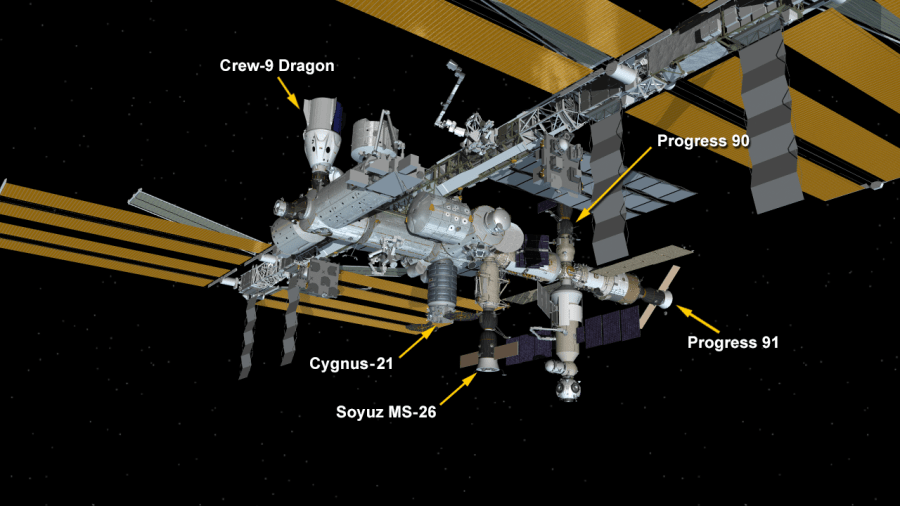NASA will not hold the SPHEREx and PUNCH prelaunch news conference on Monday, March 3. The agency will share more information as soon as possible.
NASA will not hold the SPHEREx and PUNCH prelaunch news conference on Monday, March 3. The agency will share more information as soon as possible.
NASA will not hold the SPHEREx and PUNCH prelaunch news conference on Monday, March 3. The agency will share more information as soon as possible.
Carrying a suite of NASA science and technology payloads to the Moon, Firefly Aerospace’s Blue Ghost Mission 1 touched down on the lunar surface at 3:34 a.m. EST on Sunday. Throughout Blue Ghost’s mission, the agency’s scientific instruments aim to test and demonstrate lunar subsurface drilling technology, regolith sample collection capabilities, global navigation satellite system […]
Powered Descent Initiation has begun. During this 9-minute braking burn, Firefly’s Blue Ghost lunar lander is fully autonomous, using D’Souza Guidance — a model similar to the guidance used during the Apollo Moon missions — to position itself above the target landing site and pitch over from a horizontal to a vertical orientation. This critical […]
Firefly Aerospace’s Blue Ghost is now on its way down to the surface of the Moon. The lander successfully performed a descent orbit insertion burn, which initiates the descent sequence and places the vehicle on the trajectory to its landing site on the Moon’s Mare Crisium. Following this burn, Blue Ghost began a 50-min coast […]
After launching Jan. 15 from NASA’s Kennedy Space Center in Florida, Firefly Aerospace’s Blue Ghost lander is preparing to land on the Moon at 3:34 a.m. EST near a volcanic feature called Mons Latreille within Mare Crisium, a more than 300-mile-wide basin located in the northeast quadrant of the Moon’s near side. Watch now on […]
Flight controllers at Firefly Aerospace’s Mission Operations Center in north Austin, Texas, have sent a command to Blue Ghost to initiate descent orbit insertion, which is set to begin at 2:30 a.m. EST, Sunday. The command was sent around nine hours ahead of time since the burn is performed on the far side of the […]

The unpiloted Progress 91 spacecraft arrived at the aft port of the orbiting laboratory’s Zvezda Service module at 6:02 p.m. EST, March 1. The spacecraft launched at 4:24 p.m. EST (2:24 a.m. Baikonur time) Feb. 27, on a Soyuz rocket from the Baikonur Cosmodrome in Kazakhstan.
NASA and SpaceX now are targeting no earlier than Tuesday, March 4, for the launch of the agency’s SPHEREx and PUNCH missions. The teams need additional time to evaluate launch vehicle hardware data. The launch window opens at 10:09 p.m. EST (7:09 p.m. PST) from Space Launch Complex 4 East (SLC-4E) at Vandenberg Space Force …
After a successful launch on Feb. 26, 2025, Intuitive Machines’ IM-2 mission is headed to the Mons Mouton region near the Moon’s South Pole the Moon. The lander is carrying NASA science instruments and technology demonstrations, as part of NASA’s CLPS (Commercial Lunar Payload Services) initiative and Artemis campaign. All NASA instruments on board are currently […]